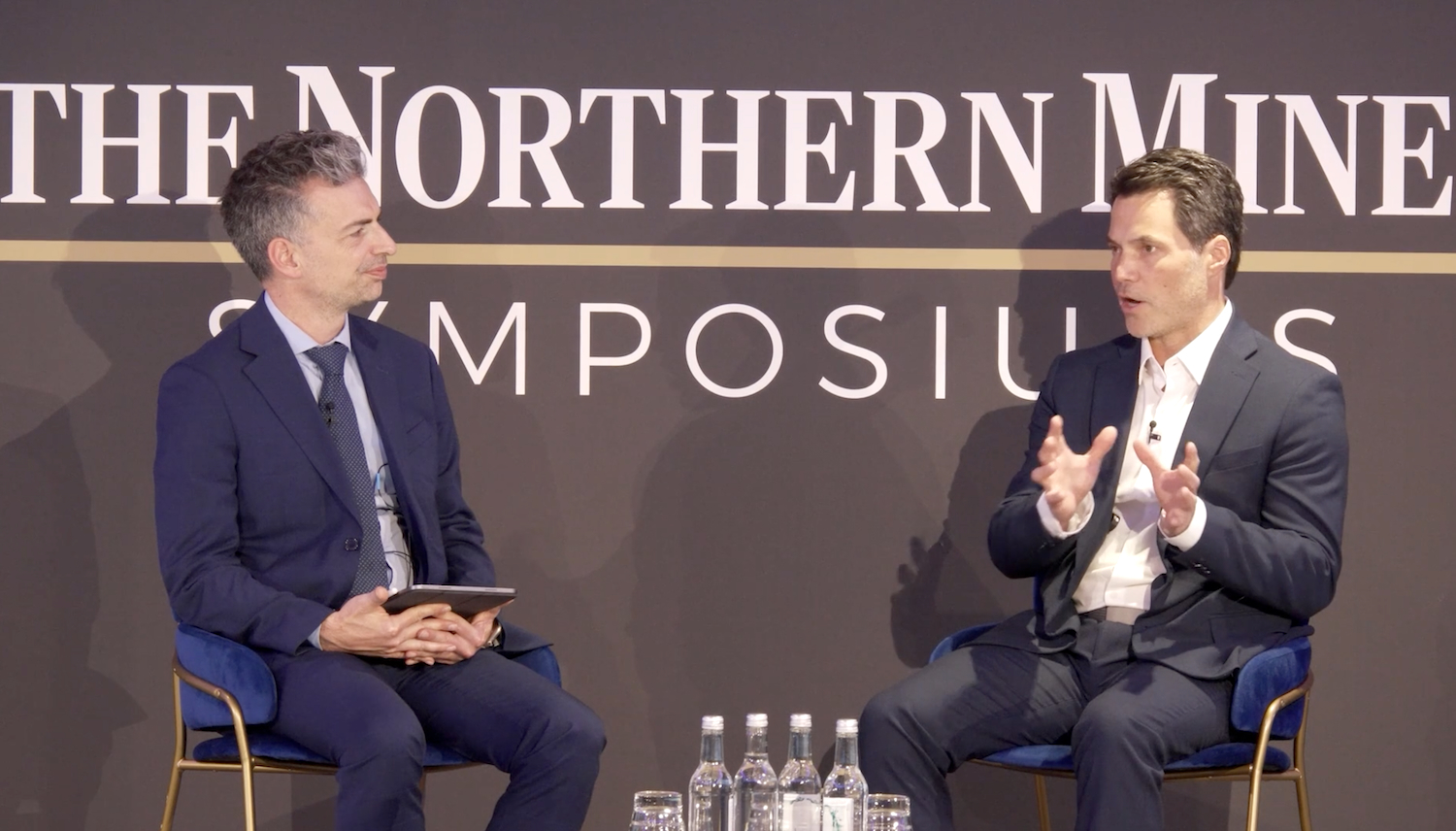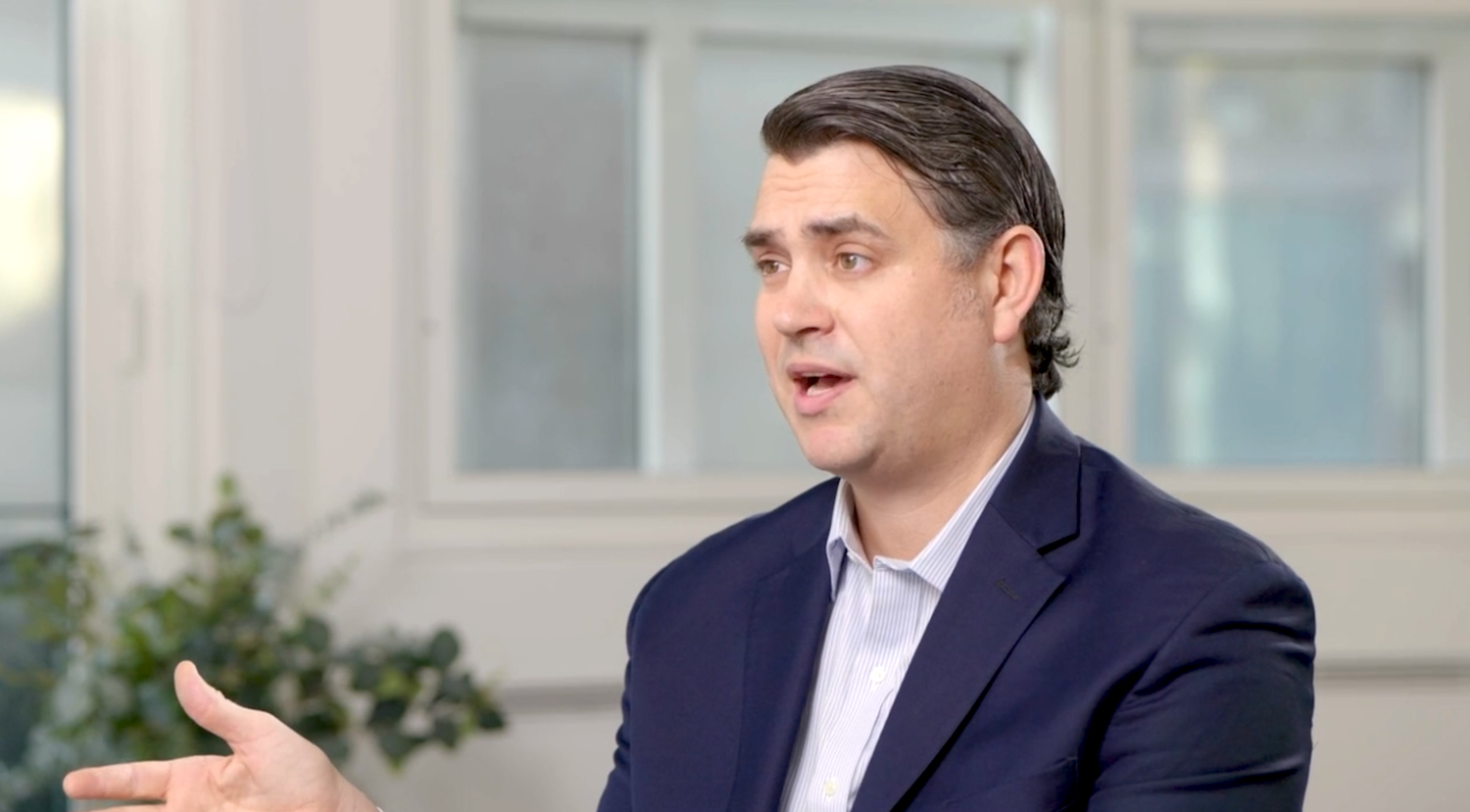In the last year Barrick Gold (ABX-T, ABX-N) has announced a multi-billion dollar overrun at its flagship development project in Chile, taken a $3.8-billion charge on a highly criticized acquisition, changed its chief executive officer and seen its share price sliced in half.
So it was no great surprise that eight funds who are invested in the gold major formally protested the company’s decision to offer co-chairman John Thornton an "unprecedented" signing bonus of $11.9 million.
The group of seven Canadian pension funds and one international investment fund say the signing bonus, which would bring Thornton’s total compensation for 2012 to $17 million, is a Canadian record.
"This compensation is inconsistent with the governance principle of pay-for-performance and is therefore disproportionate and sets a troubling precedent in Canadian capital markets," the group said in a statement. As a group these funds collectively manage over $900 billion in assets.
But Barrick founder and chairman Peter Munk vigorously defended Barrick’s decision at the company’s annual general meeting on April 24.
"I convinced the board," he told the standing-room-only crowd at the Metro Toronto Convention Centre. "If you want to give anyone hell, give it to me."
Munk argued that the new paradigm of mounting resource nationalism requires a brand-new approach to government contacts. And he said that the challenges of protecting the company’s assets — "90% of which, to the tune of $40 billion, are in 23 different countries" — meant that the company needed someone of Thornton’s exceptional calibre and "unique credentials," leverage and access to some of the world’s most important power brokers.
"We believe that pay should be tailored to achievements, that pay should come after performance," Munk said. "It was hard to have someone paid on performance if he would not have been able to join to perform. So we had a bit of a chicken and an egg situation . . . sometimes you have to do things which may not be popular at the moment, but which you believe in your heart, and which you are able to convince those who sit around the table with you . . . that the right thing was to have this advanced investment into securing and increasing our ability to secure some of our billion-dollar mine assets by his access. To secure the kind of access he can give us, and the credibility he can provide us with in attracting major capital — that can be the trigger point for Barrick’s next exponential growth, which will happen."
Munk noted that Thornton has compressed three careers into 25 years and "not only has he been the most effective strategic member of some of the most important global boards — internationally, globally, universally, "but also was "amongst a few corporate leaders who at age 40 said: ‘I’ve done it, I’m the president of Goldman Sachs, I am now ready to move on to my next career'."
At the invitation of the Chinese government, Munk continued, Thornton was asked to head up the new business school at the prestigious Tsinghua University "at a time when the Chinese leadership realized that communism was a great word, but making money is more important if you want a billion people to eat."
Munk said that opening China’s first business school, heading it up for 10 years and educating some of the country’s current leaders "provides the kind of trust, the kind of acceptance, the kind of relationships in a country where the fuel for our next phase of growth — not ours, the mining industry’s growth — is going to come from."
He added that "he had his investment banking for ten years, he had his fantastic academic [experience] for ten years and being the head of possibly the world’s most respected think tanks, the Brookings Institution, gave him, again, enormous access and contacts at a level that no one could use better than Barrick operating globally," Munk said.
Despite his impassioned defence, however, shareholders ultimately voted to reject Barrick’s "Say on Pay" resolution, which is a non-binding advisory motion. (The motion asked shareholders to approve the way the company pays its executives.) Chief executive Jamie Sokalsky said the board "takes the shareholder vote seriously, and will carefully consider our shareholders’ perspectives regarding executive compensation."
Outside the meeting on Toronto’s busy Front Street, police officers watched in the rain as protestors held up what looked like a papier mâché image of Munk dressed in a business suit with his hands, outstretched and painted in white, adorned with red paint. Many chanted: "Divest, divest, divest in Barrick now!" Meanwhile, inside the packed theatre, two protestors holding placards protesting Barrick’s Pascua-Lama project were quickly removed from the stage.
Munk noted in his opening remarks that the turnout for the AGM was much larger this year compared to last year, and commented that "bad times bring out more people."
Sokalsky told shareholders he felt their pain about Barrick’s share price. "This has been a tough year for Barrick and our shareholders," he said. "It seems as if our company has been under siege by several disappointments and setbacks. I feel your disappointment and I give you my commitment that we will do everything we can to ensure Barrick remains a strong and prosperous company, and improve our share price."
Sokalsky pointed to higher operating costs, declining average grades, the emergence of gold exchange traded funds and weaker share prices as just some of the challenges facing miners today.
"Over the past decade our industry has focused on increasing production," he added. "Today we find ourselves in a different situation." But he vowed that Barrick "won’t chase production for the sake of it." He also pointed to the company’s "good financial flexibility," "solid investment grade ratings" and the low debt repayment obligations it faces over the next few years. He emphasized that Barrick has "no plans to build new mines."
Sokalsky said the company’s priorities in 2013 are improving the share price, ramping up Pueblo Viejo to full capacity, clarifying the regulatory matters at Pascua-Lama, improving performance at Lumwana, advancing Goldrush to a prefeasibility next year, pursuing opportunities to optimize Barrick’s portfolio, identifying ways to further reduce company-wide costs and strengthening corporate responsibility.
Barrick has "made a lot of progress," he added, but it still has "more work to do." He noted that Barrick launched a company-wide overhead review in the first quarter of 2013 and cut overhead costs by more than $100 million for the full year. It also identified about $500 million of further reductions to expenditures.
As for capital allocation, Barrick has cut its 2013 guidance for total capex to $5.2-$5.7 billion from its previous guidance of $5.7-$6.3 billion and all-in sustaining costs to US$950-US$1,050 per oz from its previous guidance of US$1,000-US$1,100 per oz.
Shares of Barrick in Toronto closed 7.61%, or $1.37 higher, at $19.38 apiece following the AGM, above their 52-week low on April 23 of $17.98. But the company’s shares are less than half their worth 52 weeks ago and at a price not seen since 2003. Back then, gold was worth US$350 an ounce, about a quarter of today’s US$1,431.80 per oz price.
Share price performance is not the only challenge facing Barrick today. On April 10 a Chilean court ordered construction at the company’s Pascua-Lama gold project halted after indigenous groups from the surrounding area filed complaints over alleged groundwater contamination. The work stoppage comes after Barrick raised its cost expectations for the project twice in the last year, the latest boost bringing total capital to a resounding US$8.5 billion.
When the project was green li
ghted back in 2009, costs were expected to come in at US$3 billion.
Then there’s the $3.8-billion impairment charge that Barrick took just two months ago against its Lumwana copper mine in Zambia. Barrick acquired the mine in its $3.7-billion takeover of Equinox Minerals in 2011, but the operation has failed to live up to Barrick’s expectations.
Trouble has been brewing at Barrick for some time, which is how Thornton entered the scene. Thornton was appointed co-chairman in June 2012 as part of a management shakeup that followed Munk publicly acknowledging his company’s poor share price performance despite record profits.
Thornton is widely expected to take over the chairman seat from Munk when he retires. But with Barrick’s share price having fallen 50% since his appointment, it is clear that Thornton’s arrival has not yet halted Barrick’s slide.
To read more Northern Miner articles, click here





Comments